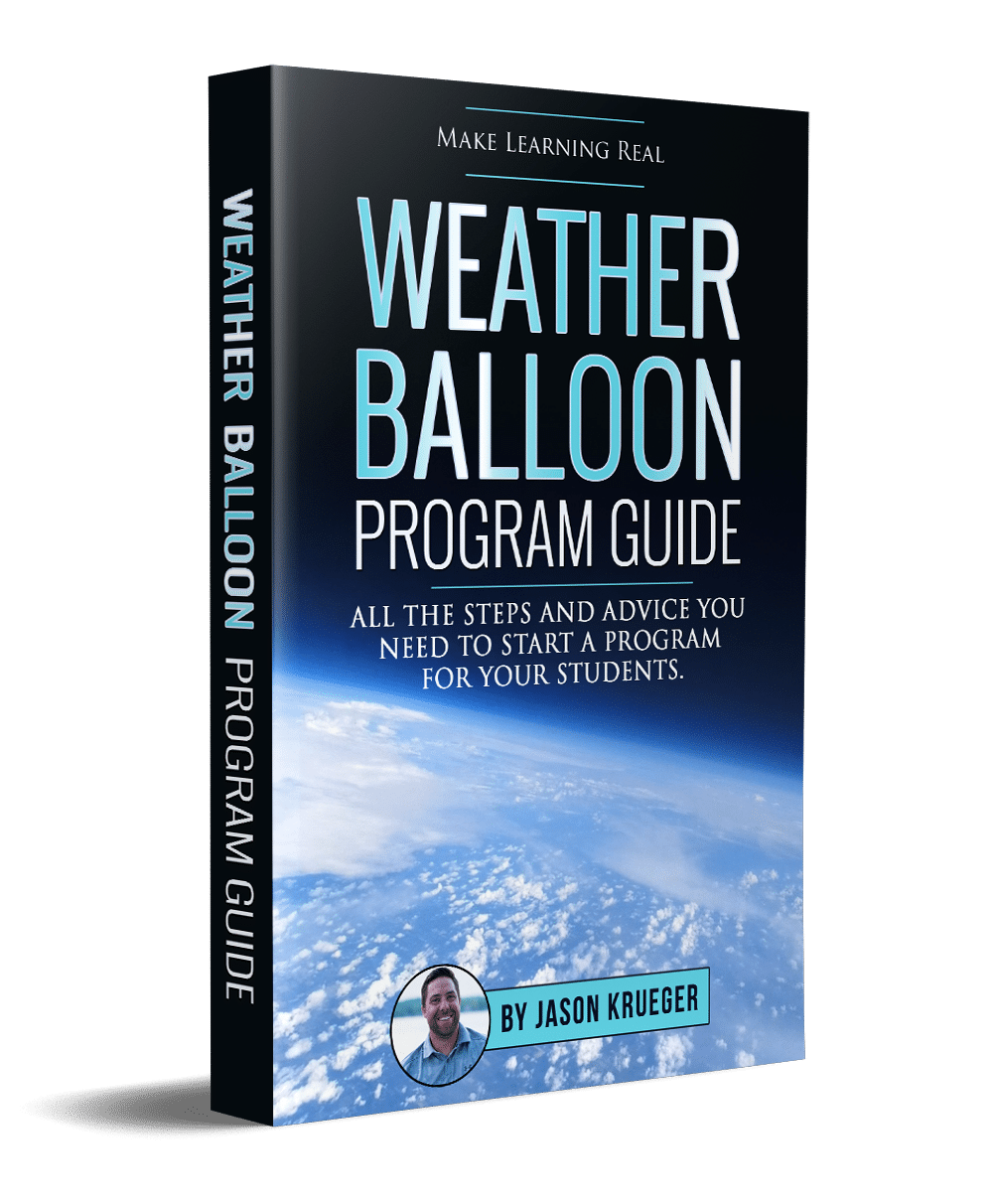Tracking a weather balloon is tough even with the technology we have available to us today… but StratoStar has been working over the last 10 years to make it easier and more engaging for students, parents and the entire community. Our goal was to help these groups engage in a mission by seeing tracking data (latitude, longitude, altitude), sensor data (temperature, pressure, acceleration, etc.) in real-time.
StratoStar has recently made some significant advancements in our weather balloon tracker system. Why? Because we want students involved in our projects to feel like they are at the helm of mission control. The flight computer and weather balloon tracker itself is attached to the payload of our weather balloon, and our team has built an online weather balloon tracker interface that allows students to see real-time data as it is collected at 100,000 ft anywhere in North America!
Wondering how our tracking works? A lot of our students ask. While our tracking interface can be viewed on mobile devices, our tracking technology is not any type of cell phone tracker. It’s actually a GPS tracker (like the GPS in your car that you use to get to the nearest pizza place) paired with a satellite radio transmitter. The GPS receives positioning data from GPS satellites, then the radio transmitter sends the data to a satellite network then to internet.
That said, we are doing a lot more than tracking location. We are gathering a wide range of information from each launch:
MAPS
Sure, students love seeing how high their balloon went, but they also love seeing how far their balloon has travelled during its ascent and descent. Our map shows students where above the earth their balloon is located. This map will also help students locate the exact spot the balloon has landed.
GRAPHS
Students love to watch Mission Control’s graphs form in real time. These graphs allow them to watch how things like altitude, temperature, speed, vertical rate, and more change over the course of a launch. These graphs also serve as an awesome learning tool for teachers to use after the launch is over.
DATA
Mission Control’s data panel allows students to watch GPS, sensor, and system data to update in real time. In this interface, students love to watch everything from speed to distance to temperature and pressure change.
SOCIAL
Over our years of doing launches with students, we’ve come to understand that social conversation is a great way to get students engaged in learning. Mission control also tracks the unique mission hashtag so that students can observe the conversation about their launch and make contributions of their own.
Would you like to learn more about our weather balloon tracker?
As you can see, there’s so much more to tracking a weather balloon than satellites and GPS data. If you’re still curious about how a mission works, check out one of our recent missions here or try launching a virtual weather balloon.




